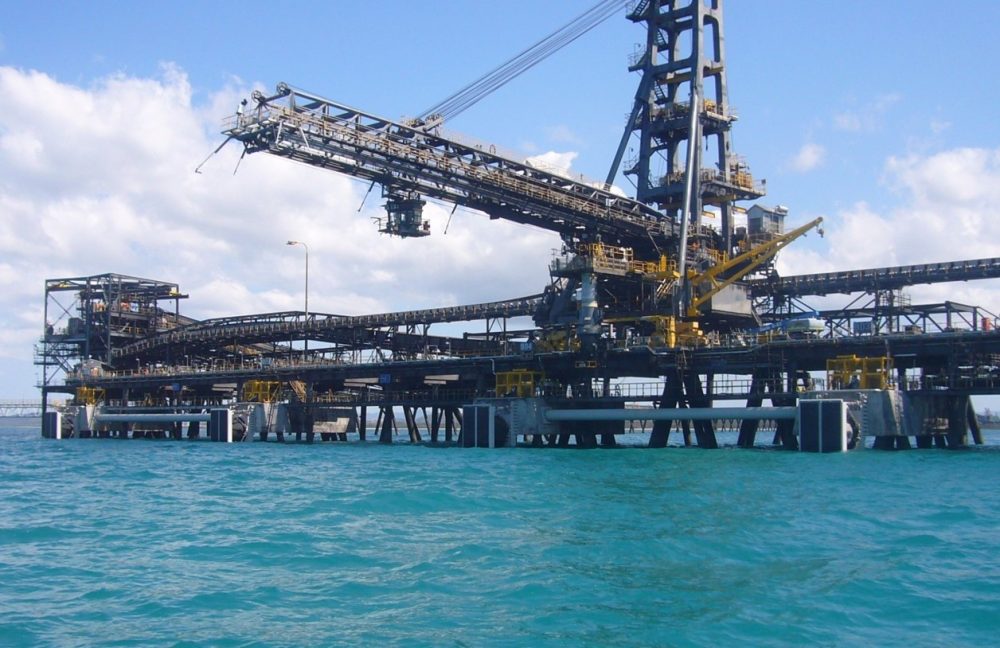Australia’s booming coal and mineral exports are straining marine terminals, highlighting the need for better berth configuration. This blog outlines how ASPEC’s expertise guides terminals through new designs, layouts, and equipment updates to accommodate larger bulk carriers and maintain smooth operations.
The increasing level of coal and mineral exports from Australia has created a strain on existing export facilities and has resulted in the need for expansions to existing facilities and for the creation of new export facilities. Larger bulk materials carrier of sizes up to 360,000DWT are now in service, however many existing ports can only handle vessels up to a maximum of 220,000DWT. Thus, there will be a need for new berths to be designed for these vessels, and there are continuing pressures on existing terminals to accept larger ships.
As well as the need for new facilities, many installations are at the end of their original nominal design life. In normal circumstances, the owners would carry out a mid-life refurbishment to allow the life of their facilities to be extended. However, due to the strong demand for commodity exports and high prices, downtime is critical.
This paper examines the issues associated with shiploader and berth configuration for new and existing marine terminals, including:
- Types of shiploaders
- Berth layout
- Design and specification
- Independent proof auditing of structural compliance
- Berthing and mooring equipment
Download the paper to find more about ASPEC’s bulk materials handling berths services.
